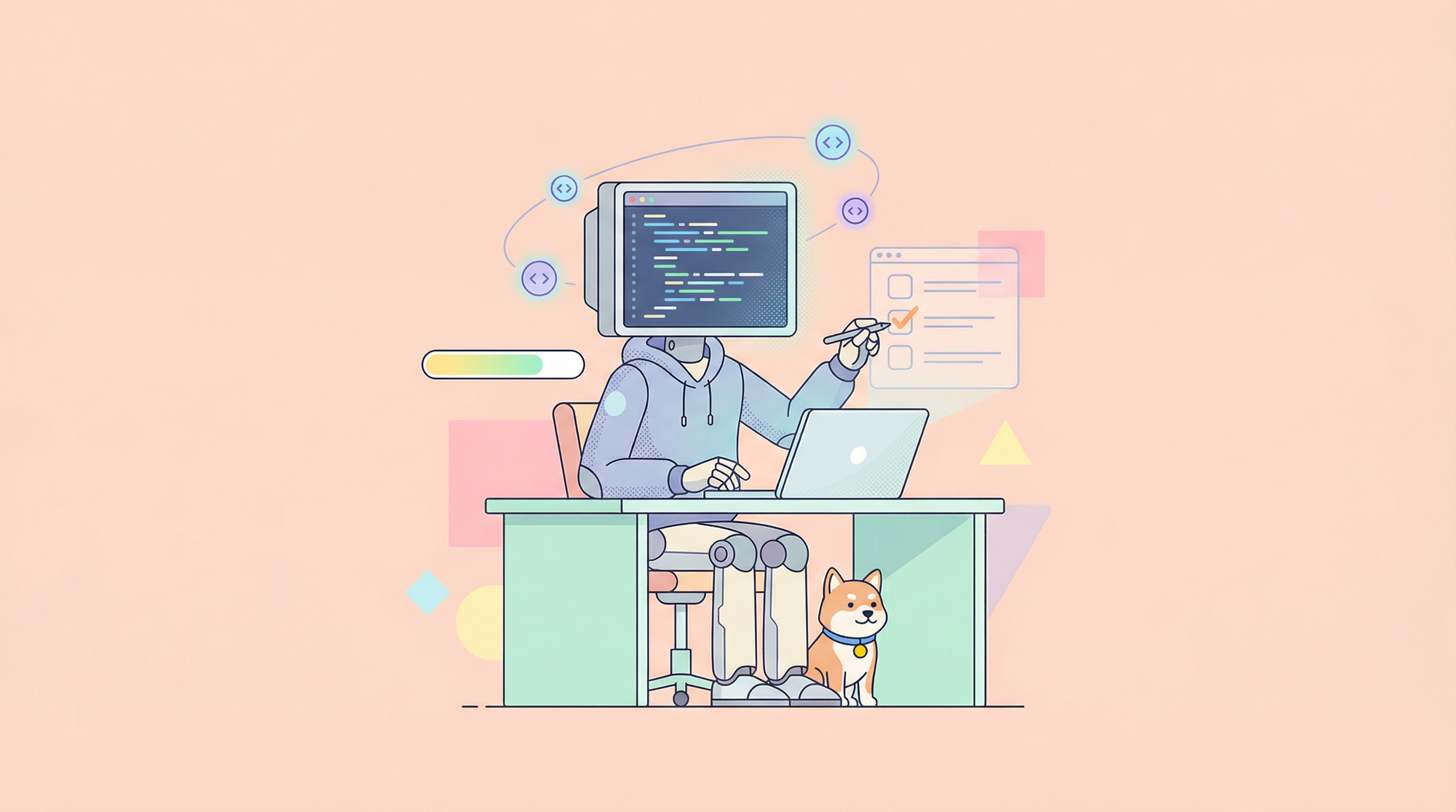Postman, a popular API development and testing platform, allows users to construct and send HTTP requests. One crucial aspect of API interaction involves passing data through parameters.

Effectively utilizing parameters in POST requests is essential for dynamic API testing and development. By understanding how to incorporate query parameters, path parameters, request body parameters, and headers, you can create precise and informative requests to interact with your APIs. This article will provide clear instructions and practical examples to help you master parameterization in Postman.
What are POST Requests in Postman?
A POST request in Postman is a method used to send data to a server. Unlike GET requests which are primarily used to retrieve data, POST requests are specifically designed to create or update resources on a server.
When you send a POST request in Postman, you typically include the data you want to send in the request body. This data can be formatted in various ways, such as JSON, XML, or form data. The server then processes the data and performs the requested action.
What are Parameters in APIs?
Parameters are essentially variables that provide additional information to an API endpoint. They allow you to customize the data you request or send. Think of them as modifiers for your API calls.
There are typically two main types of parameters:
Query Parameters
These are added to the end of the URL, separated by question marks and ampersands. For example: https://api.example.com/users?page=2&limit=10.
Request Body Parameters
These are included in the body of the request, often in JSON or XML format. They are used to send data to create or update resources.
Why Use Parameters for POST Requests?
Parameters are essential for dynamic POST requests as they allow you to send varying data with each request, enabling testing different scenarios and creating flexible API interactions.
Through proper parameter usage, developers should be able to optimize API development and testing processes, thus producing applications that are robust.
Step-by-Step Guide to set parameters in Postman POST requests
Step 1 - Create a new POST request

On Postman, click the "+" button to create a new request. make sure to select the POST HTTP method.
Step 2 - Set the request URL

Next, enter the base URL of your API endpoint in the highlighted portion of the image.
Step 3 - Add query parameters

Under the Params tab, you can directly add query parameters to the URL.
Step 4 - Construct the request body

Lastly, navigate the Body tab to input your data in the desired format, such as form-data, binary, raw, JSON, or GraphQL.
Apidog - One-Stop API Solution for Modern Developers
As developers, it is mandatory to have the best tools in your developing arsenal. This is to ensure that the products and apps you produce are of the best quality for consumers.
Introducing an API development platform that boasts a simple yet intuitive user interface: Apidog.

Apidog is a design-first approach API tool that promotes API development visually. By providing convenience and easiness of navigating through its interface, Apidog aims to provide developers with an easy and enjoyable development experience.
Creating a POST Request with Parameters Using Apidog

After downloading and starting a new empty project with Apidog, hover above the small purple + box. This will produce a drop-down menu. Here, select New Request.

Next, modify the HTTP method to POST.

Proceed by navigating to the Params tab, where you are permitted to add query parameters to your API endpoint.
Apidog Test Scenarios
Apidog has a unique testing feature called test scenarios.


Apidog allows you to test multiple APIs in a sequence, simulating real-world usage. This is ideal for APIs that depend on each other to function correctly.
Apidog Test Scenario Results

Apidog will then return a detailed report on your test scenario, outlining the number of failed and successful requests, together with the total duration of all the APIs to complete them.
Individual API Endpoint Testing With Apidog

Apidog supports developers who wish to test individual APIs and observe each response on its own. All you have to press the Run header, followed by the Send button, in that sequence.

Conclusion
By effectively utilizing parameters within Postman's POST requests, you can significantly enhance your API testing and development capabilities. Understanding query parameters, request body parameters, and headers allows you to create dynamic and informative requests, enabling you to thoroughly test your API's functionality under various conditions.
Mastering parameterization is crucial for building robust and reliable APIs. By incorporating best practices and exploring additional features offered by Postman, such as environment variables and collections, you can streamline your workflow and improve overall API development efficiency.




